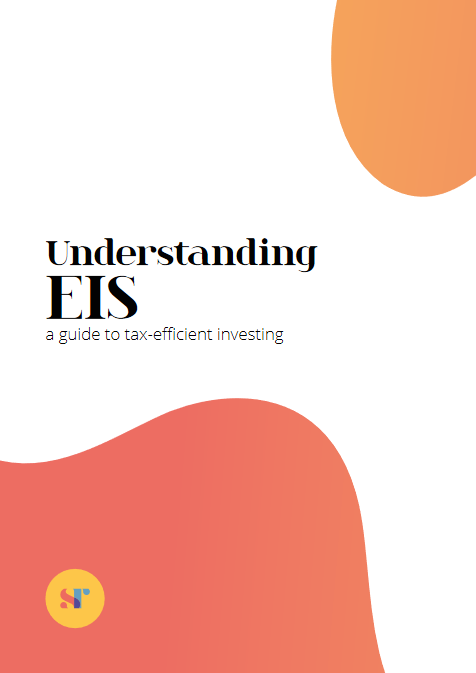What is commodity trading?
A commodity is a basic good used in commerce such as gold, oil, corn or wheat. While commodities trading can offer a useful way to diversify an investment portfolio beyond traditional securities, it is known as a risky proposition because of its susceptibility to real-world events, from weather patterns to natural disasters, which can unpredictably impact supply and demand, and thus effect prices. In many cases, commodities are traded through the use of derivatives, including futures contracts and options. Further methods involve investing in stocks, and using exchange-traded funds (ETFs).
What is currency trading?
The currency market, or Forex (a portmanteau of foreign and exchange), involves the buying and selling of different currencies to exploit fluctuations in the marketplaces (through arbitrage) or adjustments in market prices over time. It is a decentralised global marketplace in which all the world's currencies trade. It is the largest, most liquid market in the world with an average daily trading volume exceeding $5trln.
The incredible thing about Forex is that the market never sleeps. Prices are constantly fluctuating as world events unfold and investors may wake up to find a natural disaster, or other event, has caused their holdings to rocket up or plunge down.
What is cryptocurrency?
Cryptocurrencies are digital currencies that aim to operate independently of a centralised governing body, with Bitcoin being the first and best known. 'Crypto' refers to the cryptography used to ensure transactions of the currency are held safe, and the register of transactions is immutable (impossible to be tampered with over time).
While technically a currency, in practice cryptocurrency tends to behave more like a commodity, with wild fluctuations in value.
If you'd prefer to find out more about our EIS fund, just click the button below.
Get your free guide to EIS

Want more information on UK investing?
Download your copy of our free guide. Featuring an analysis of UK investor trends, investment case studies and an EIS cheat sheet.
